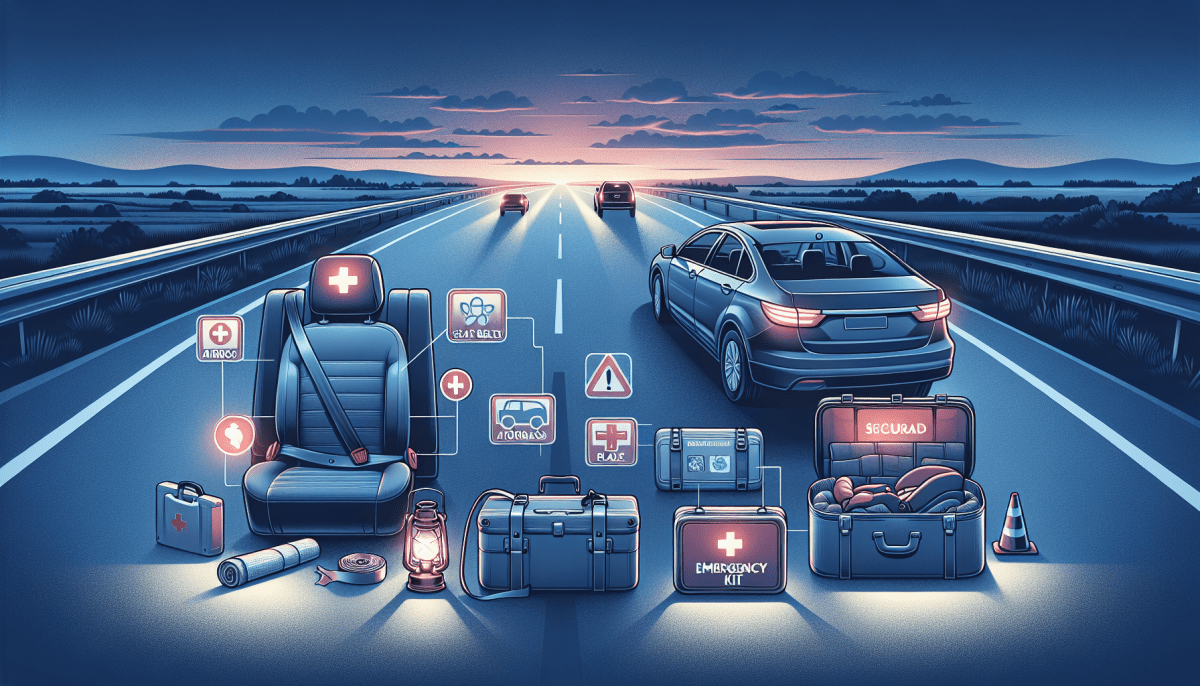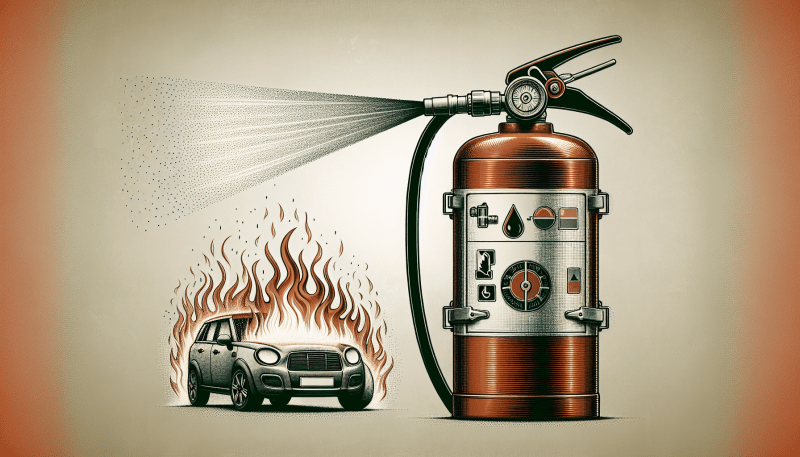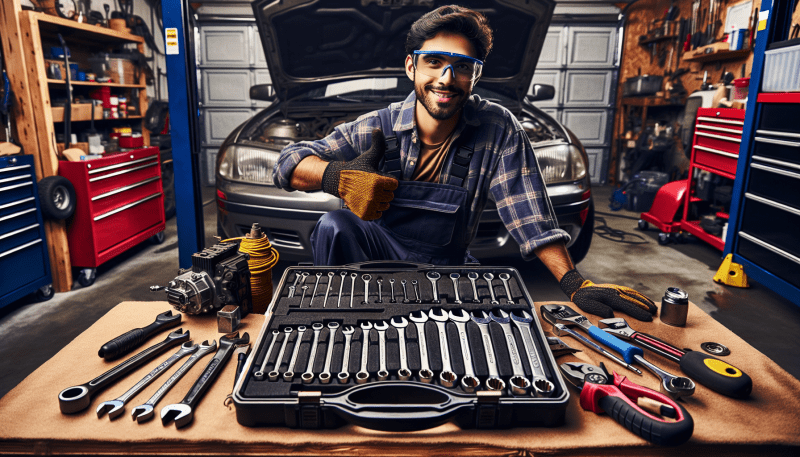Regular vehicle maintenance is a key player in ensuring car safety and emergency preparedness. Think of your car as an athlete; just like they need training and regular check-ups to perform their best, your vehicle deserves the same care. Neglecting maintenance can lead to unexpected breakdowns, and trust me, that’s the last thing you want in a crisis!
By sticking to a maintenance schedule, you can catch small issues before they snowball into big problems. This includes checking the oil levels, inspecting the brakes, and keeping an eye on your tire pressure. These little tasks help keep your car running smoothly and safely. Plus, they can help you save money in the long run by avoiding major repairs.
Another aspect of vehicle maintenance is ensuring all safety features are working correctly. From headlights to wipers, every component matters when it comes to car safety and emergency situations. If you encounter heavy rain or low visibility, having fully functional lights and wipers can make all the difference in keeping you and your passengers safe.
Don’t forget about your car's emergency kit as part of your maintenance routine! Regularly check that you have necessary supplies like a first aid kit, flashlight, and jumper cables. Keeping these items stocked can turn a stressful situation into a manageable one. Being prepared is a big part of good vehicle upkeep!
Understanding Your Car’s Safety Features
When it comes to Car Safety and Emergency, understanding your vehicle’s safety features can make all the difference. Cars today come packed with technology designed to protect you, your passengers, and even pedestrians. It’s a good idea to familiarize yourself with these features, so you know exactly how they work when you need them the most.
Let’s start with the basics: airbags. Most modern cars have multiple airbags throughout the cabin. They deploy during crashes to cushion impact. It’s important to remember that while they provide great protection, sitting close to the steering wheel can be risky. Always keep that distance to stay safe.
Next up is Anti-lock Braking System (ABS). This feature helps you maintain steering control during hard braking. If you ever find yourself in a panic stop situation, pump the brakes gently. ABS will do the rest, helping you stop without skidding. Knowing this can help you react better in emergencies.
Don’t forget about electronic stability control (ESC). This feature helps prevent skidding and loss of control during tricky driving conditions. If you start to slide, ESC automatically applies brakes to individual wheels, allowing you to regain control. Keeping this in mind can boost your confidence when driving in rain or snow.
Lastly, consider lane departure warnings and adaptive cruise control. These techy features alert you if you’re drifting out of your lane and adjust your speed to maintain a safe following distance. They’re great for reducing stress on long drives and keeping your focus on the road, which is key to Car Safety and Emergency preparedness.
Preparing for Roadside Emergencies
When it comes to car safety and emergency situations, being prepared can make all the difference. It's easy to think, "It won't happen to me," but having a plan can save you time, stress, and even keep you safe. Start by putting together a roadside emergency kit that you keep in your trunk. Here’s what you should include:
Next, familiarize yourself with basic car maintenance. Knowing how to check your oil, monitor tire pressure, and refill coolant can prevent many issues before they arise. Regular check-ups with a mechanic can also help catch potential problems early. This proactive approach is a key part of car safety and emergency readiness.
Lastly, it’s smart to have a plan in case something does go wrong. Share your route and estimated arrival time with a friend or family member when traveling. If you find yourself in a tough spot, having someone who knows your whereabouts can be comforting. And remember, keeping your phone charged and having a portable charger handy can be a lifesaver too.
Staying Calm in Unexpected Situations
When you’re on the road, unexpected situations can pop up out of nowhere. Whether it’s a flat tire, a sudden breakdown, or getting caught in a storm, staying calm can make all the difference. Instead of letting panic take over, take a deep breath and remember that you can handle this!
First things first, make sure you pull over safely if an emergency strikes. Look for a well-lit area or a shoulder away from traffic. Once you're safe, assess the situation without rushing. Is it something you can fix, or do you need help? Giving yourself a moment to think can lead to better decision-making.
Next, if you’re unsure what to do, don’t hesitate to reach out for help. Having a reliable roadside assistance plan can be a lifesaver in these moments. Keep your phone charged and handy so you can call for backup or find help nearby. Remember, asking for help is totally okay—it’s part of being smart about your Car Safety and Emergency plan!
Finally, staying informed is key. Familiarize yourself with your car's manual and practice basic maintenance skills, like changing a tire or checking the oil. Knowledge is power, and being prepared can definitely ease your stress levels during emergencies. When you know more, you’ll feel more confident on the road, making every adventure a bit safer.



